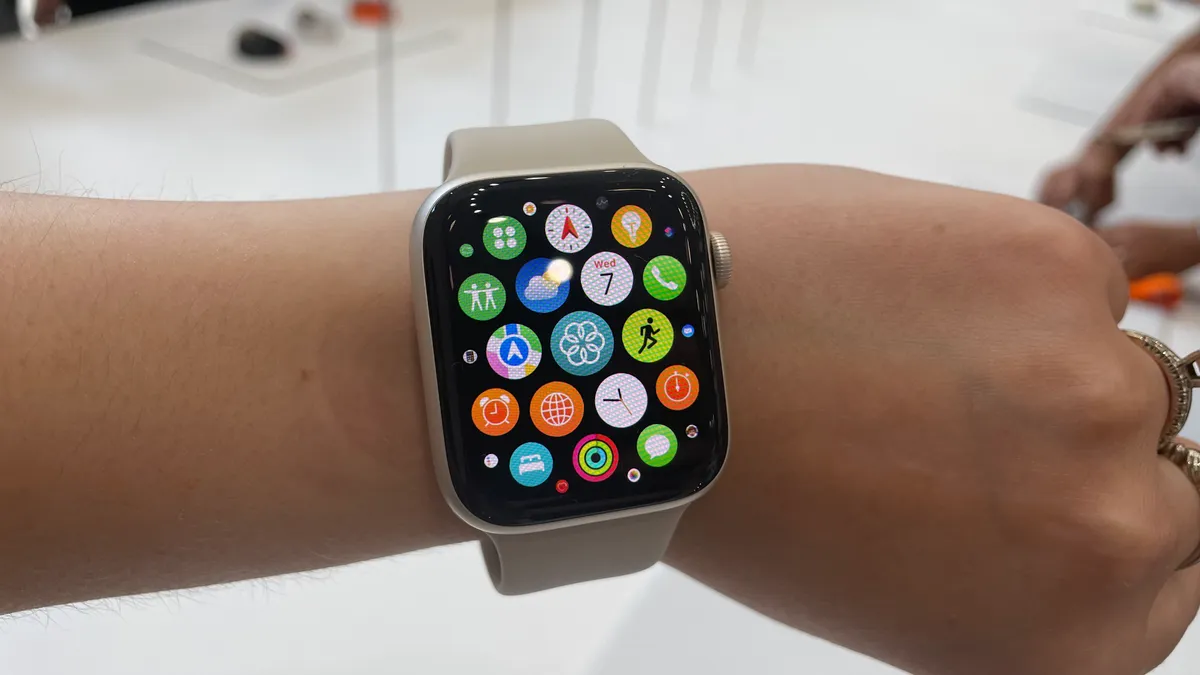Introduction
Since their introduction in 2016, Apple’s AirPods have become a cultural phenomenon and a symbol of modern technology. These wireless earbuds have fundamentally changed the way we listen to music, communicate, and interact with our devices. In this article, we will explore the history, technology, design, impact, and future of AirPods, delving into how they reshaped the audio industry and consumer habits.
1. The Genesis of AirPods
Apple’s journey into wireless audio began in 2001 when the first Bluetooth headset, the Ericsson R520, was released. However, it wasn’t until 2016 that Apple unveiled the AirPods as an accessory for the iPhone 7, marking a significant shift away from traditional wired earphones. These small, white earbuds instantly caught the attention of consumers due to their sleek design and seamless integration with Apple devices.
2. The Technology Behind AirPods
AirPods utilize various cutting-edge technologies to deliver an exceptional audio experience. They employ Bluetooth technology to connect wirelessly to iPhones, iPads, Macs, and other compatible devices. The W1 chip, introduced in the first-generation AirPods, enhances the connection speed and power efficiency.
Furthermore, the AirPods feature a dual-optical sensor system and accelerometers, which enable smart features like automatic ear detection and play/pause functionality when removing them from the ears. The integration of Siri allows users to control their devices hands-free, further enhancing the user experience.
3. The Design and Controversy
The design of AirPods was initially met with skepticism and mockery due to their unique appearance, often compared to toothbrush heads or cigarette butts. Despite initial criticism, the design ultimately became iconic and synonymous with wireless earbuds.
The absence of wires also raised concerns about potential loss or theft. Apple addressed this by offering a “Find My AirPods” feature to help users locate their misplaced earbuds. Additionally, third-party accessory makers developed various accessories such as ear hooks and silicone covers to provide a more secure fit and peace of mind for users.
4. The Market Impact
The introduction of AirPods created a significant impact on the audio industry. The wireless earbuds market exploded, and competitors rushed to release their versions to keep up with the trend. Major tech companies like Samsung, Google, and Sony launched their wireless earbuds, fueling intense competition in the market.
Additionally, the success of AirPods influenced the removal of the traditional headphone jack from several smartphones, as manufacturers aimed to promote the adoption of wireless audio. This shift in design altered user habits and further solidified the wireless audio trend.
5. The Social and Cultural Impact
Beyond the technology and design, AirPods became a cultural icon and a status symbol. They were featured prominently in popular media, movies, TV shows, and social media, further increasing their popularity and visibility.
The white, distinct look of AirPods became instantly recognizable and a sign of affiliation with Apple’s ecosystem. However, this visibility also gave rise to the term “AirPods Generation” to describe a stereotype associated with users perceived as overly self-involved or detached from reality due to their conspicuous use of the earbuds.
6. The Environmental Concerns
As with any technological advancement, the mass production of AirPods raised environmental concerns related to electronic waste and sustainability. AirPods are not easily repairable, and their small size makes recycling a challenge. Apple has taken steps to address these issues, like introducing recycling programs and working towards reducing their carbon footprint. Nevertheless, these concerns remain a point of discussion for the industry.
7. AirPods Pro and Beyond
Following the success of the original AirPods, Apple launched the AirPods Pro, featuring active noise cancellation and a more customizable fit. This move demonstrated Apple’s commitment to continually refining and expanding its wireless audio offerings.
The future of AirPods looks promising, with potential advancements in battery life, audio quality, and health monitoring features. There have also been speculations about augmented reality integration and biometric sensors in future AirPods iterations.
Conclusion
Apple’s AirPods have undoubtedly revolutionized the audio industry and consumer habits. From their unique design to cutting-edge technology and cultural impact, they represent a groundbreaking product that reshaped the way we interact with audio devices. As technology continues to evolve, it will be exciting to witness the future innovations that Apple and other competitors bring to the wireless audio market, further enhancing our auditory experience in the years to come.








